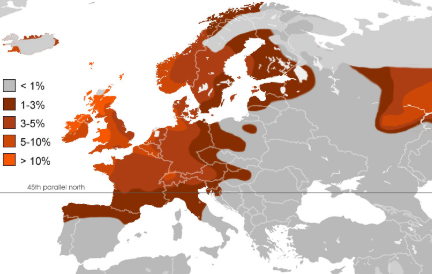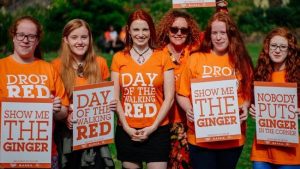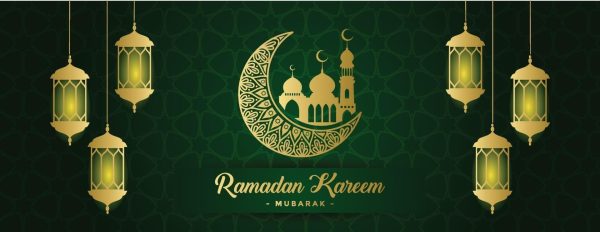The truth about redheads

The rarest hair color: red. But what’s the story behind these ginger-haired people? Read on to find out.
Only 1-2% of the population is redheaded. The majority of them are located in Scotland, with 13% of the country’s population being gingers. Ireland falls second with 10%. And only 1% of the population in southern and eastern European areas like Italy, Austria, Spain, Bohemia, and Finland are redheaded.

Red hair is caused by a genetic mutation in the melanocortin 1 receptor (MC1R). And the gene itself isn’t as rare as the red hair it causes. In Scotland, about 13% people have red hair, but 40% of people carry the gene. That’s because the gene is recessive and must be inherited from both parents for a child to actually have red hair. As for the shade of the hair, the lightness depends on other genetic mutations.
The traits of red hair are very unique compared to other hair colors. Gingers tend to have much thicker hair, which causes them to have less strands. Red heads have an average of 90,000 strands of hair, while blondes have about 110,000, and brunettes have 140,000. Gingers also never gray. Their hair turns a rose gold, and eventually becomes white, because their hair holds onto pigment for longer. This also makes dying their hair extremely difficult, because redheads would need to be bleached more for the color to actually show up.
Gingers are also affected medically. The MC1R mutation prevents it from binding to a gene called PTEN, which protects against cancer, therefore making redheads at a greater risk for cancer, specifically skin cancer. Redheads are also more sensitive to pain, and require 20-30% more anesthetic. Along with this, they are more likely to bruise and are more sensitive to hot and cold sensations. They also have an increased risk for endometriosis. According to LiveScience, “A 2006 study of more than 90,000 women ages 25 to 42 found that those who had red hair and were fertile were 30 percent more likely to develop endometriosis compared to women with any other hair color.”
 I wanted to see how gingers around the school felt about their hair, so I interviewed a few students. When asked what she liked about her hair, Fiona Duke, a seventh grade student said, “I’m unique.” She also said that she doesn’t like that she “tends to stand out when I don’t want to.”
I wanted to see how gingers around the school felt about their hair, so I interviewed a few students. When asked what she liked about her hair, Fiona Duke, a seventh grade student said, “I’m unique.” She also said that she doesn’t like that she “tends to stand out when I don’t want to.”
Another redhead, eighth grader, Natalie Purgar, said that she likes that “it’s different from other people.” She said that she doesn’t like that “people make fun of you,” and she said that she had been called “tomato” among other silly nicknames.
Another eighth grader, Vayda Simpson, said, “I like how everyone’s like ‘Oh I like your hair color!’ And I’m like ‘Well you can’t have it.'” When asked what she didn’t like, she said being a redhead “forces my skin to be super pale and I hate it. I don’t tan, I burn.”
Redheads have heard all the nicknames: ginger, carrot top, agent orange. Kids often want to poke fun at things that are unfamiliar. And this isn’t new. “Because red hair was so rare, the ancient Greeks, Romans, and Christians believed it was the mark of the devil,” says Erin La Rosa, the author of The Big Redhead Book: Inside the Secret Society of Red Hair. Thank goodness science and common sense have advanced.

While being different may cause some childhood wishes for a different hair hue, studies show that most adult redheads actually have high confidence levels. Perhaps it comes from being members of such an elite group-just 1% of the world’s population. The infrequency creates an unspoken camaraderie among many redheads, and ginger pride parades and rallies are cropping up in cities around the world–celebrating the rarity and beauty of red hair.






